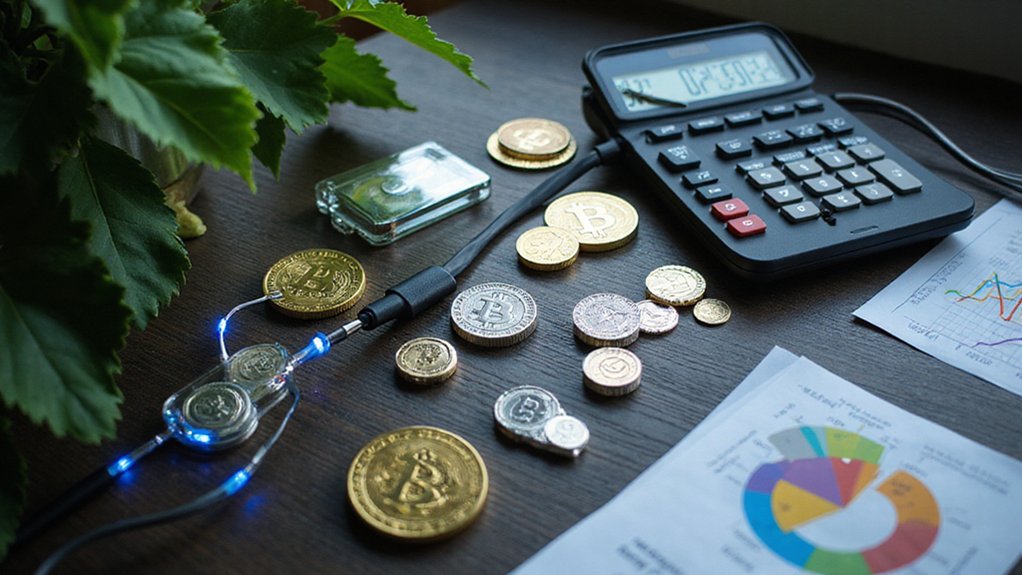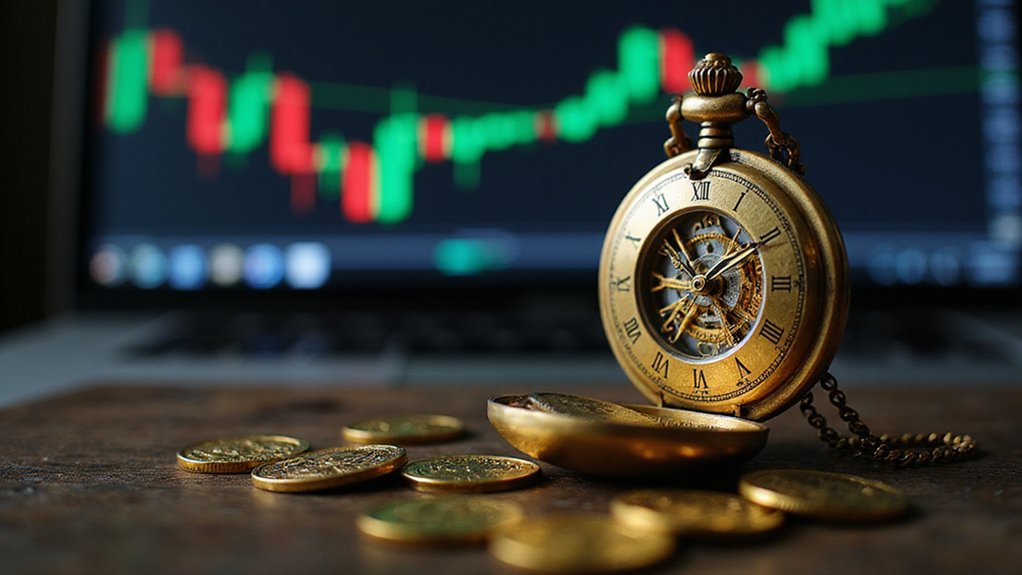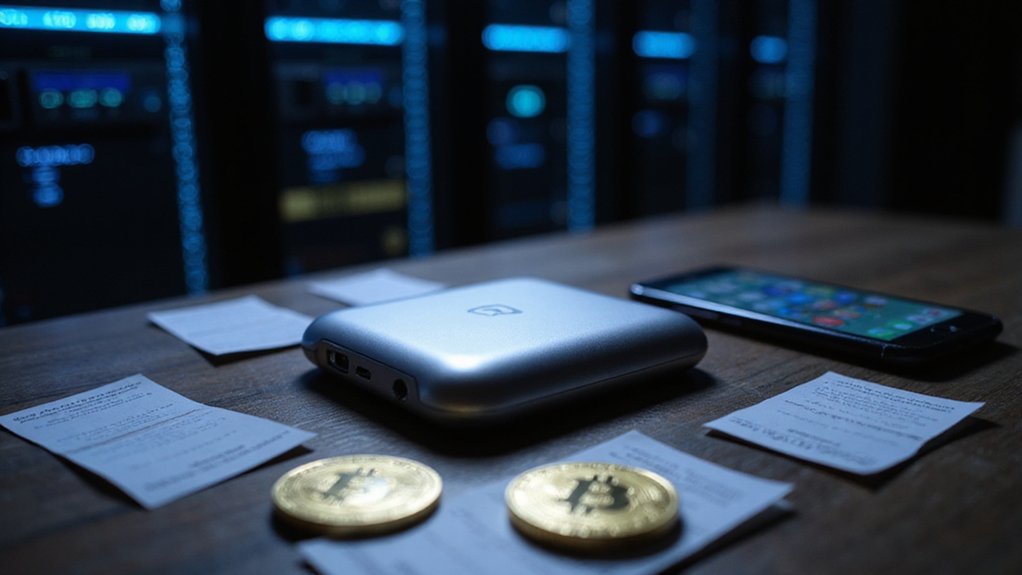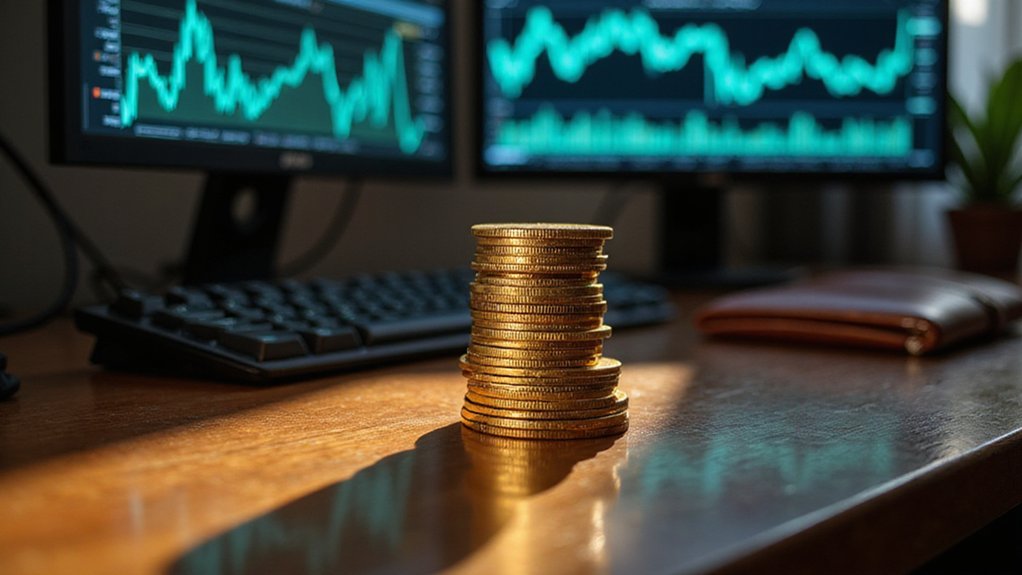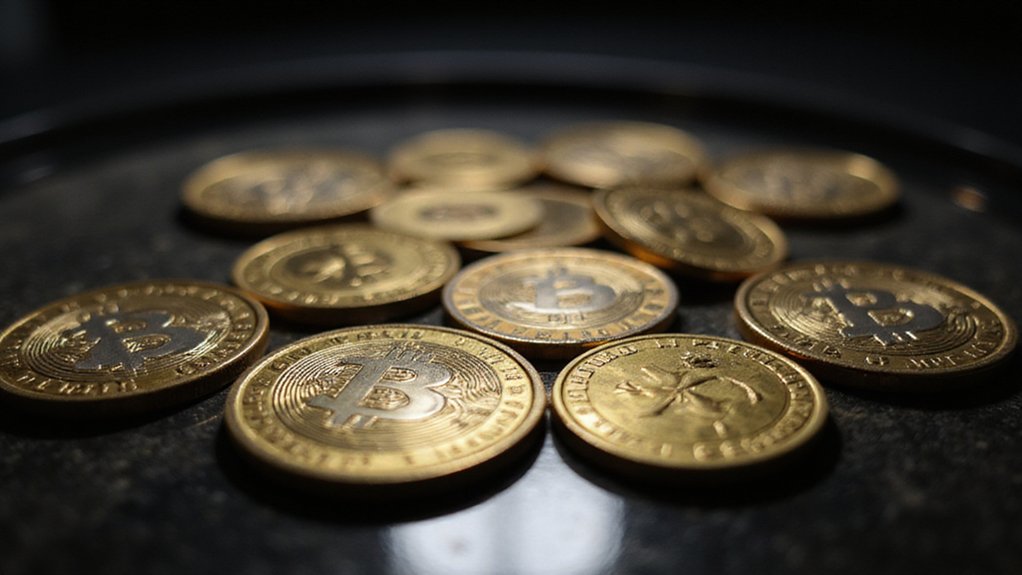Promotional tokens serve as cryptocurrency projects’ digital marketing ammunition, incentivizing early adoption through strategic token distribution rather than traditional advertising spend. These blockchain-based assets bootstrap network effects by rewarding users for participation—whether through staking, referrals, or maintaining platform balances. Created via initial coin offerings, they derive value from utility, community enthusiasm, and underlying tokenomics that govern circulation. While regulatory frameworks remain murky, these tokens have evolved beyond mere marketing gimmicks to provide genuine platform functionality and competitive advantages.
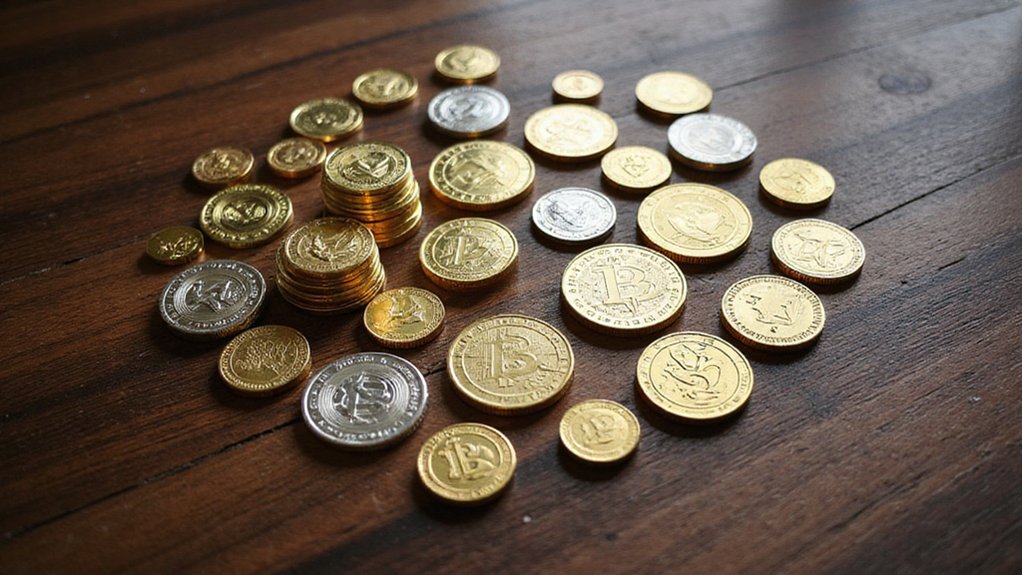
Why do cryptocurrency projects shower potential users with free tokens, seemingly defying the fundamental economic principle that nothing of value comes without cost?
Promotional tokens represent a calculated gambit where blockchain ventures distribute digital assets to incentivize participation, bootstrap adoption, and cultivate the network effects essential for survival in an increasingly saturated market.
Blockchain projects deploy promotional tokens as strategic weapons in the ruthless battle for network adoption and market dominance.
These digital representations of assets function within their native blockchain environments, deriving value from utility, community enthusiasm (or what practitioners euphemistically term “meme power”), or underlying cash flows.
The tokens typically emerge through initial coin offerings or similar fundraising mechanisms, created on established platforms like Ethereum where smart contracts handle distribution logistics with mechanical precision.
The tokenomics—that portmanteau beloved by crypto evangelists—governs how these promotional instruments circulate and maintain value.
Projects employ sophisticated distribution strategies, leveraging crypto forums, social media campaigns, and community-building initiatives to generate market demand.
The irony, of course, lies in spending considerable resources to give away assets purportedly worth something.
Classification matters importantly for regulatory compliance.
Utility tokens grant access to services or features, payment tokens facilitate transactions, while security tokens represent ownership stakes subject to securities regulations.
This taxonomy determines whether issuers face the gentle oversight of commodity regulators or the more aggressive scrutiny of securities authorities.
Promotional tokens serve multiple functions beyond simple marketing theater.
They operate as rewards for platform participation, loyalty program incentives, discount mechanisms, and crowdfunding instruments.
Users might receive tokens for staking assets, referring friends, or simply maintaining wallet balances—activities that transform passive holders into active evangelists.
The underlying blockchain’s security architecture protects these tokens, though their promotional nature often means limited initial utility beyond speculative trading. Unlike cryptocurrencies which serve as native blockchain assets, promotional tokens depend entirely on their host platforms for fundamental infrastructure and security.
Projects must navigate complex regulatory frameworks while maintaining transparency in creation and distribution processes, lest they attract unwanted attention from enforcement agencies.
Market success ultimately depends on whether promotional tokens evolve beyond their initial marketing function to provide genuine utility. Many promotional tokens perform specialized roles like automating interest rates in decentralized finance protocols or serving as governance mechanisms for protocol voting rights.
The supply and demand dynamics fundamentally determine token value alongside utility and distribution mechanisms that shape market behavior within the broader ecosystem.
Many projects discover that giving away tokens proves easier than creating sustainable demand—a lesson that transforms promotional strategies from generous gestures into expensive education about token economics and market dynamics.
Frequently Asked Questions
Are Promotional Tokens Taxable When Received for Free?
Promotional tokens distributed gratis typically trigger taxable events upon receipt, with liability calculated using fair market value at acquisition—assuming one can actually determine what constitutes “fair market” for tokens with questionable liquidity.
Tax authorities generally treat these digital windfalls as ordinary income, regardless of whether recipients requested such largesse.
The IRS (and international counterparts) remain surprisingly consistent: free cryptocurrency isn’t truly free once Uncle Sam arrives.
Can Promotional Tokens Be Converted to Real Money?
Promotional tokens can indeed be converted to real money, though success depends entirely on market demand and exchange listings.
Many tokens remain worthless digital novelties, while others (particularly those with genuine utility) develop tradable value on secondary markets.
Conversion typically requires listing on cryptocurrency exchanges or peer-to-peer sales, though liquidity often proves disappointingly thin.
The irony? Marketing giveaways occasionally become more valuable than the underlying projects they promoted.
How Do I Store Promotional Tokens Safely in My Wallet?
Storing promotional tokens safely requires hardware wallets (cold storage being infinitely preferable to trusting one’s smartphone), ensuring wallet compatibility with specific token standards—because discovering your ERC-20 tokens are invisible in a Bitcoin-only wallet ranks among crypto’s more predictable disappointments.
Private key control remains paramount; backup seed phrases physically across multiple locations.
Enable two-factor authentication where possible, update firmware regularly, and maintain the digital equivalent of paranoia regarding phishing attempts.
What Happens to Promotional Tokens if the Project Fails?
When promotional tokens face project failure, investors typically witness their holdings transform into digital memorabilia—worthless remnants of ambitious promises.
Token values plummet toward zero, exchanges delist them (reducing liquidity to nonexistence), and utility evaporates alongside the project’s demise.
While some projects attempt token buybacks or retirement programs, most simply vanish, leaving holders with expensive lessons in due diligence and the harsh realities of speculative cryptocurrency investments.
Do Promotional Tokens Have Expiration Dates or Time Limits?
Promotional tokens rarely feature explicit expiration dates, though redemption windows often apply—because nothing says “promotional urgency” quite like indefinite validity.
Project documentation typically outlines these temporal constraints, with some tokens maintaining perpetual utility while others become digital paperweights after specified deadlines.
The specifics depend entirely on project policies, creating a delightfully inconsistent landscape where early adopters must decipher whether their promotional windfall represents enduring value or time-sensitive opportunity.

